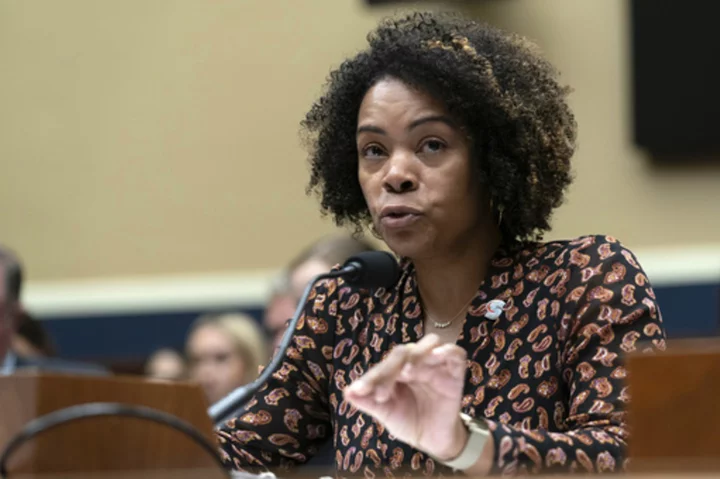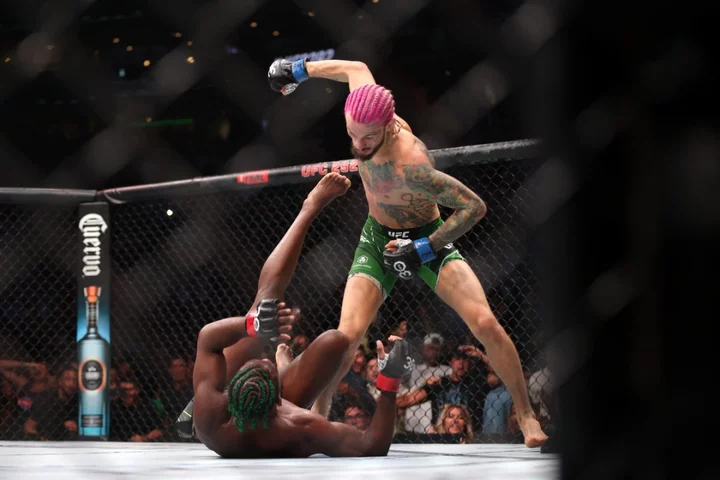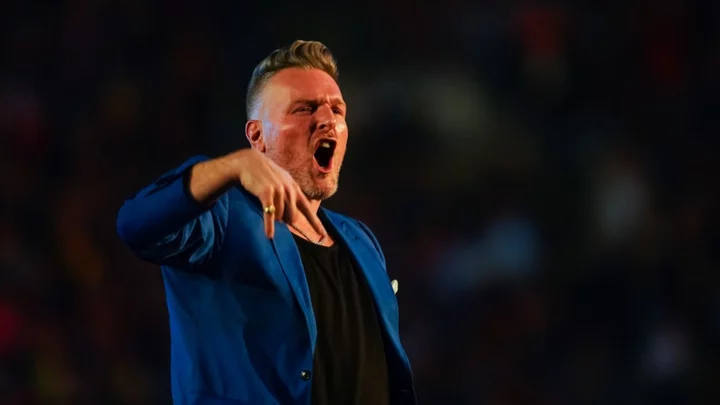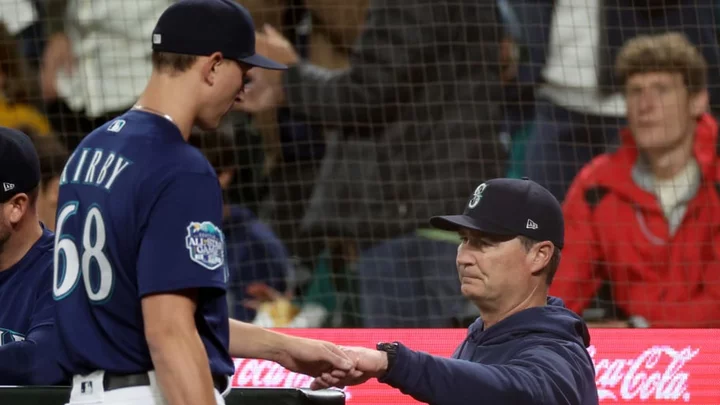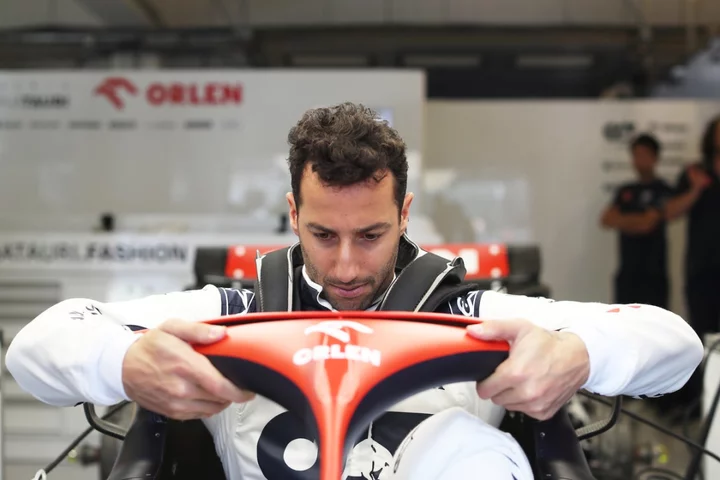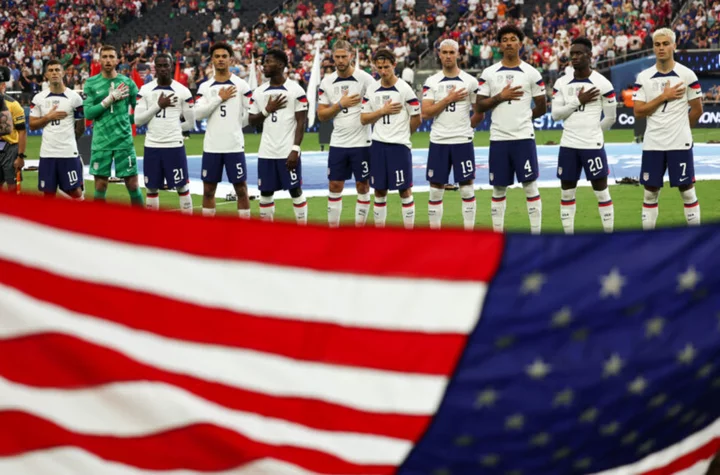A wide-ranging survey into the state of the U.S. Olympic system leveled criticism at the U.S. Center for SafeSport, with a draft report concluding that feedback collected about the 6-year-old agency “paints a picture of a center in potential crisis.”
SafeSport Center CEO Ju’Riese Colon was among the Olympic leaders who testified Wednesday at a hearing held by the Congressionally appointed Commission on the State of the U.S. Olympics and Paralympics that produced the survey — a copy of which was obtained by The Associated Press — that will be used to craft recommendations for possible changes to the Olympic system.
Colon painted an overall positive picture of the Denver-based center that Congress formed in 2017 to deal with abuse allegations in Olympic sports. She pointed to the 1,900 people who have been sanctioned and listed on the center’s disciplinary database.
“And we have pioneered a shift to a safer sports culture over the last six years,” she said at the hearing in Washington.
Her testimony was followed by presentations from a group of advocates critical of the center.
Grace French, a survivor of former gymnastics doctor Larry Nassar who founded The Army of Survivors advocacy group, said many athletes who reported abuse to the center “didn’t understand what the process was.”
“And there was a loss of trust throughout that process,” she said.
French's comments mirrored some feedback the commission received over the past several months from 3,007 responses to questionnaires it sent to athletes, coaches and administrators in the Olympic world. It wrote a draft report based on the feedback, the first item of which was labeled “SafeSport lacks.”
It said 50.6% of respondents were neutral, disagreed, or strongly disagreed with the question of whether SafeSport was meeting its goals.
“In conclusion, this data paints a picture of a center in potential crisis. The U.S. Center for SafeSport, while recognized by some, is not overwhelmingly seen as effective,” the report reads.
The report cited what it called an “unsettlingly low” 7.3% of respondents who found the center to be “extremely effective.” That number jumped to 32.6% when adding those who labeled the center ‘very effective.’ That compared to 63.8% who said the U.S. Anti-Doping Agency, which was created in 2000 to combat performance-enhancing drugs in sports, was extremely or very effective.
“In summary, while USADA enjoys robust confidence in its role in anti-doping, SafeSport grapples with mixed perceptions concerning its effectiveness in ensuring athlete safety,” the report said.
The commission will produce a full report with recommendations and possible proposed legislation early next year. Results and conclusions from its survey, which was not shared with witnesses before Wednesday’s hearing, will help the commission shape its report.
The survey also was critical of the U.S. Olympic and Paralympic Committee, focusing on a general lack of understanding among athletes and coaches about how the system works and how money is allocated.
Hundreds of responses concerned lack of funding for Olympic athletes and highlighted the problems the U.S. faces as one of a handful of countries that do not use government funding to support their Olympic team.
Only 19% of athletes had access to sponsorship deals, a distribution that “points toward a need for diversified and consistent income streams for athletes,” the report said.
Donald Fehr, the former leader of the MLB and NHL players' unions, said reforms he helped steer as a member of a U.S. Olympic panel in the early 2000s haven't changed the imbalance between athletes and administrators in the Olympic world.
“Did it work?” he asked of the package of reforms set in motion in 2003. “All you have to do is look around the room, because if it did, we wouldn’t be here.”
Criticisms of the SafeSport Center at the hearing included its reliance on “administrative closures.” Nearly 38% of cases it investigated between 2017 and 2022 ended this way, meaning SafeSport made no findings, imposed no sanctions and there was no public record of the allegation. The length of time it takes the center to close some cases — some take a year or more — also came under scrutiny.
"Once a complaint is filed, the extreme amount of time it takes constitutes a denial of due process," said Ed Williams, the former chair of the USOPC athlete advisory council. “You can’t have things sitting out there for a year or more, or drop a stone down a well and never hear the splash."
Colon said the center, which operates on a budget of $23 million a year, mostly funded by the USOPC and its 50 satellite sports organizations, will receive around 7,000 cases this year – after starting at around 300 in the year it opened. The huge increase is a sign, Colon said, that people trust the center. She said the center is improving its turnaround time on cases, but also that it needs more resources.
“At the rate we are seeing more reports coming in, I think we are kind of staring down a barrel right now of, like, what’s going to happen next?” she said.
___
AP sports: https://apnews.com/sports

